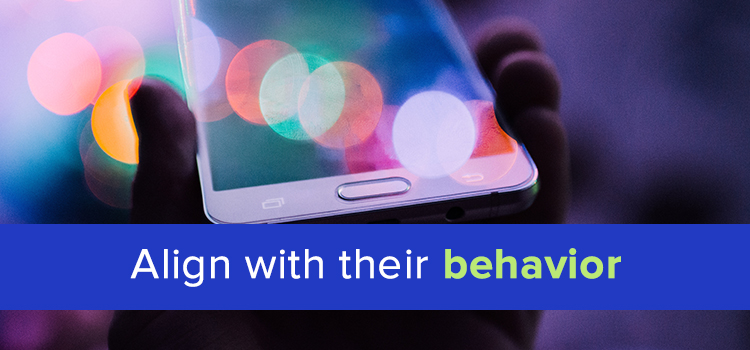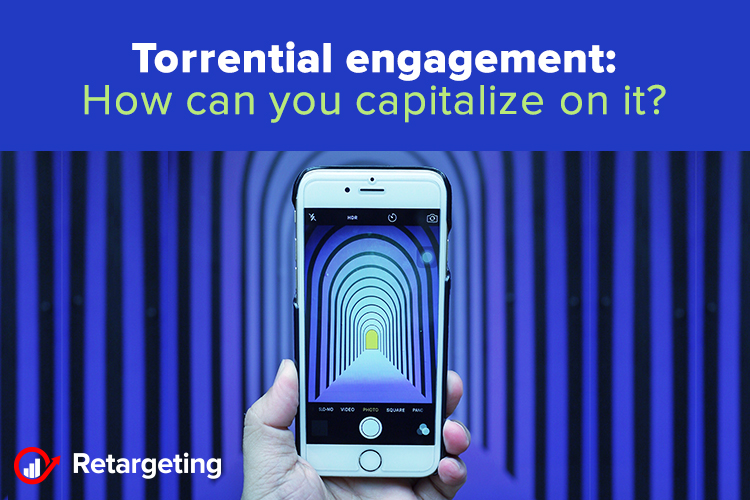In a world where people check their smartphones 85 times per day, usually for less than one minute at a time, consumer engagement can seem elusive, but short attention spans and screen addiction don’t tell the whole story.
It’s true that consumers won’t linger too long on something that doesn’t intrigue them, but when they engage with a brand in real-life, they go all in.
Today’s audiences practice what’s called torrential engagement: a fluctuation between high and low-intensity usage as users navigate their saturated social media channels.
Traditional engagement was based on consistency and sustained interaction, but now engagement comes in torrents that stop as quickly as they start.
Screen overload
The shift to this new nature of relationship is driven by two key elements: time and intensity.
Time is increasingly scarce and precious for today’s consumer, and many brands are creating solutions that provide instant gratification. The effect is a literal rewiring of our brains trained by technology to get what we want when we want it.
Technology and a constant stream of digital news and entertainment have led to an ‘on or off’ style of engagement, with consumers constantly struggling between the desire to stay connected or to switch off.
Just as technology has created a preference for brief interactions, it’s also affected the intensity of those interactions, creating an “On/Off” style of engagement, or what we call “High/No Intensity,” where consumers are either fully engaged or completely disconnected. It’s this phenomenon that creates the reality where a majority of people say they could not get by without their smartphones, while also wishing they spent more time being disconnected from technology.
People started consuming content in an increasingly fractured way. This means that, if a person is disengaged at that moment, they might scroll endlessly through social media without taking in a single post.

Align with their behavior
This pattern of behavior has developed in the wake of the endless content available to browse online. So, how do you flip the switch back on so that it won’t take 30 or more views to make your content stick?
Brands should forget about changing or interrupting torrential engagement. Rather, that they should accept engagement whenever it comes, and reward customers based on its intensity rather than longevity.
The first strategy is to reflect the new shape of engagement, by matching rewards to these High/No Intensity contours, rewarding consumers not just for the longevity, but the intensity of their engagement.
The second strategy is to reframe disengagement from something negative to a new, positive opportunity for engagement. By allowing consumers go on standby rather than completely power down, this strategy can prevent complete disengagement and open up new opportunities.
Both of these strategies take advantage of the fact that the traditional notion of engagement has changed. Brands who are willing to rethink how they view and measure consumer engagement today will be poised for success in the future.
Create real-world experiences
Brands should also consider experiential marketing as a way to capture meaningful consumer engagement. In-person experiences tend to be isolated, short, and highly interactive, which makes them more effective for capturing attention regardless of how readily engaged a person might be.
Moreover, richer real-world experiences tend to be far more memorable than digital ones, alongside the fact that there’s no easy ‘off’ switch when it comes to human interaction.

